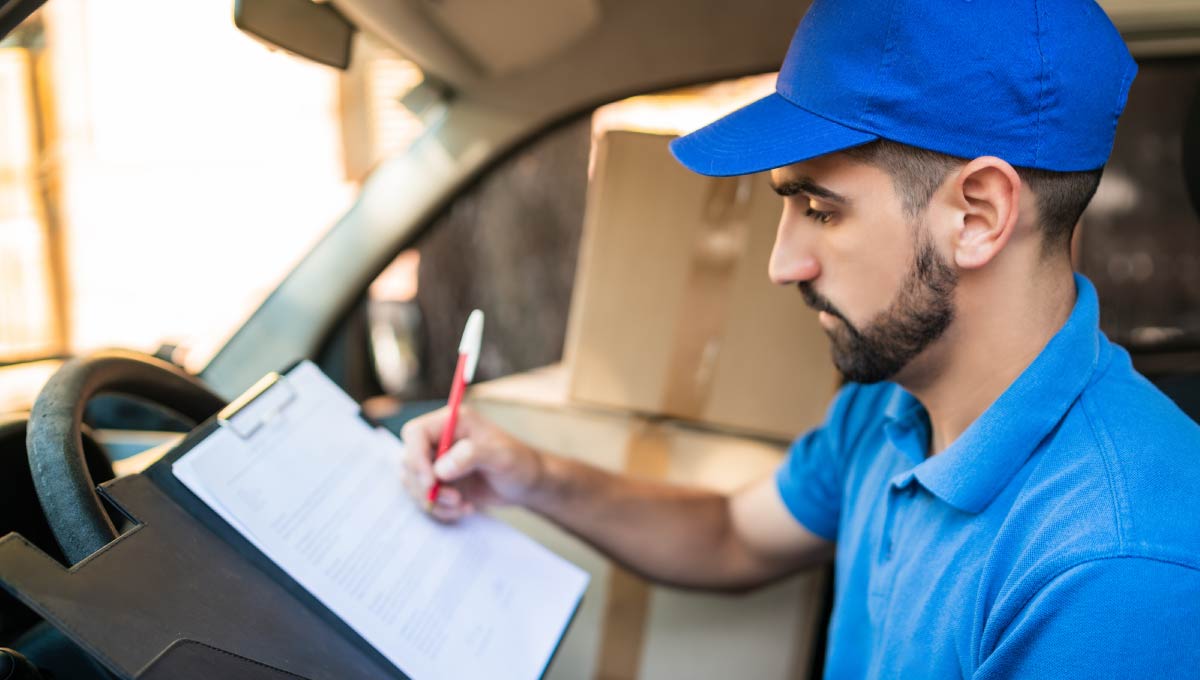Having a good returns policy is important for both your ecommerce business and customers. If your policies are too relaxed you could risk losing money, however having a long list of terms and conditions will most likely discourage sales. According to reports, eCommerce returns policies are so significant that 81% of consumers who receive a good returns experience will make a repeat purchase.
So, what makes a good eCommerce returns policy?

Starting with the foundations:
1. Different laws and requirements
When selling your products to a global online audience, you need to do take into consideration the different laws and requirements for returns that are in place in each country. For example, when buying from an EU-based business, a customer can decide to cancel their order and are also offered a minimum of 14 days to return the item to get a full refund. Furthermore, when receiving a wrong or faulty item from a non-UK based website, businesses are only required to send either a replacement or offer to repair it.
2. Keep language as straightforward as possible
Returns policies can become very long and complicated if you try to ‘over explain’ them, and although they are very important, your customers won’t take the time read over them. This can cause a loss of potential sales, or a lot of confusion and dissatisfaction, when the customer decides to return the item. To overcome this, you need to ensure that your returns policy uses simple language, has short and easily digestible paragraphs or bullet points, and cannot be misinterpreted.
3. State all requirements and make sure they’re visible
79% of consumers consider the returns policy when choosing where to shop, therefore you want to make sure it’s as easy to find as possible. Once your customers land on your policies page you need to make sure that all requirements are listed, this includes: time frame for returning an item, any fees, the condition of the product, how they will receive the refund and more.

Next step is to build on these foundations:
4. Consider monetising returns
One in two UK shoppers are willing to pay for hassle-free returns, and with more online customers turning their homes into trial rooms, eCommerce businesses should consider a pay for returns policy (with certain exceptions such as in-store returns). This reduces significant burden by offsetting cost and is a great way to encourage mindful return rates.
5. Customers want options
Your customers are looking for convenience and flexibility when it comes to online shopping, and the best way to satisfy their needs is through options! According to research the most popular method of returning a parcel is Post Office drop off (48%) and courier collection (46%), but this can change day to day depending on customer circumstances. By offering a variety of different returns methods your customers can decide which suits them best.
6. Payment options
Having different payment options included in your return and refund policy, such as in-store credit or direct refund, can be good for both business and customer. A business may decide to offer in-store credit if a customer is trying to return an item past the refund policy date, this way you can still protect the business and keep your customers happy.
7. Clear lines of communication
When it comes to return policies, your customers may have a few questions, and if they don’t know how to reach you they will most likely go elsewhere. This is where having a clear contact option would come in handy. The best way to keep customers happy is through brand relationships, and this can only happen if your business has open lines of communication.

Let’s make your returns policy even better than just ‘good’:
8. Sustainable returns
With consumers becoming more conscious about how their purchases are affecting the environment, making it clear that your business aims to operate as sustainably as possible is a great advantage. One way this can be done with returns is through ensuring your packaging is made from eco-friendly materials that can be reused for returns. Secondly, businesses can send a QR code when an online return is requested. This QR code works as a prepaid label that can be scanned quickly at the post office, saving paper and time.
9. Online returns tracking
Providing you customers with the option to track their returns is a great way to build brand trust, especially if they are a new customer, as it is a completely transparent way of keeping them up to date.
GFS offers a high-end returns experience without the high-end cost. Through a flat monthly fee, we simplify your global returns process and reduce costs with a fast and affordable solution. It enables you to:
- Offer a customisable returns policy
- Get a single view of data, inventory, what’s being returned and why
- Dynamically offer alternative products for exchanges / cross sell
- Offer part-funded or consumer paid returns as well as free
- And many more ways to simplify your global returns process and reduce costs
Sources:
ZigZag Global, 2021
IMRG Returns Review 2020











